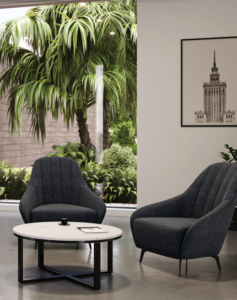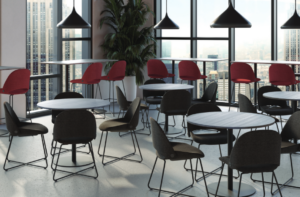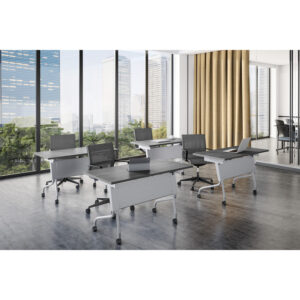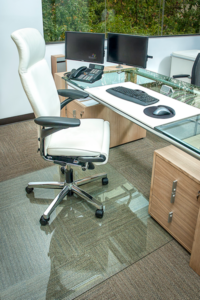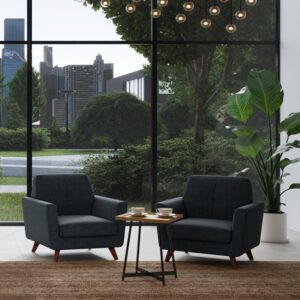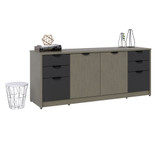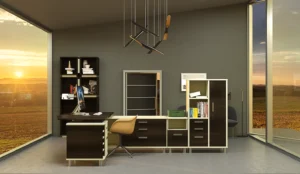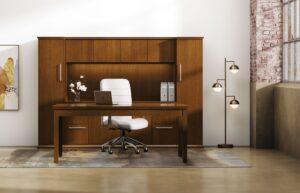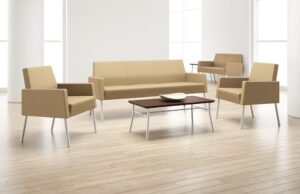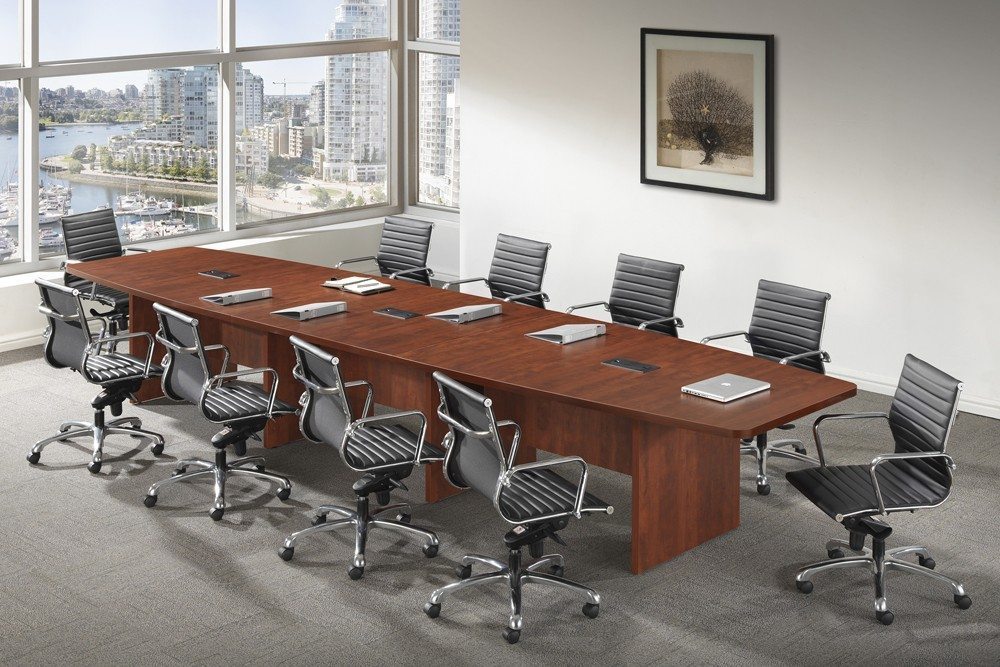
When customers ask us to help them choose a conference table, we recommend viewing the process as a strategic business decision as opposed to simply purchasing office furniture. To make the right decision, you need to account for function, form, and finish. In other words, instead of focusing on price, concentrate on a table that can improve productivity and enhance the quality of your meetings.
Function: How will your conference table be used?
This is the most important question to answer. For example, a law firm might use a conference table to meet privately with individuals or very small groups to review and sign legal documents. A pharmaceutical company might use a conference table to introduce new products with elaborate presentations that include PowerPoint slide shows and video conferencing.
How do you plan to use your conference table? How many people do you need to accommodate? What electrical and technological requirements do you have? Make sure you account for growth so your conference table isn’t too small three years from now.
Form: What are the right size, shape, and features for your conference table?
As a general rule of thumb, the length of the conference table in feet equals the number of people the table will comfortably accommodate. For example, you can easily fit eight people around a conference table that’s eight feet long. You can squeeze in more chairs, but you’ll feel a little cramped.
When choosing the size and shape, consider the space. You’ll want to allow four to five feet of space between the table and the wall. Make sure you account for any furniture that might be up against the wall when measuring the space.
Keep in mind that conference tables aren’t just for conference rooms. If you have a large office that can accommodate a separate table for small meetings, a small, round conference table may be exactly what you need.
As for features, we’re mainly talking about electrical components. Cords and cables can be hidden inside the table so you can plug laptops, smartphones, tablets, projectors, video and audio conferencing tools, and other technology into the table. If you plan to have meetings and presentations that require technology, these features can save you a lot of time and aggravation.
Finish: Should you get a laminate, solid wood, or glass conference table?
Laminate conference tables are the most durable and cost-effective option. They’re scratch-resistant and won’t fade due to sunlight exposure. Laminates also offer the most options as far as color, size, and customization with electrical components and extenders. Most laminates have wood grain finishes that are very similar to natural wood.
While solid wood tables are sensitive to sunlight, they do offer a high-end appearance that can impress your clients. Glass conference tables can contribute to a clean, modern feel in the workplace. However, both wood and glass are prone to scratching.
Let us help you find the right balance of function, form, and finish in your next conference table. Call 732-641-2791 or visit our showroom in Monroe to see our conference tables in person!


